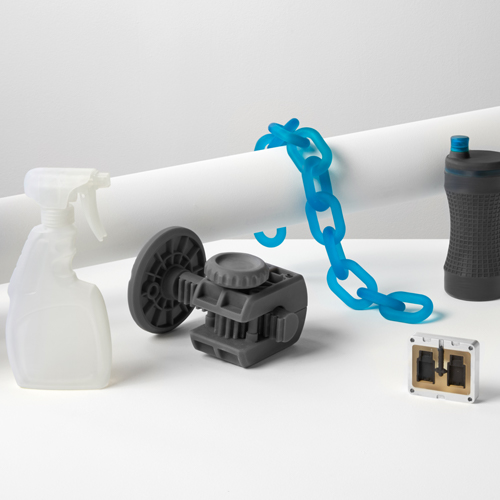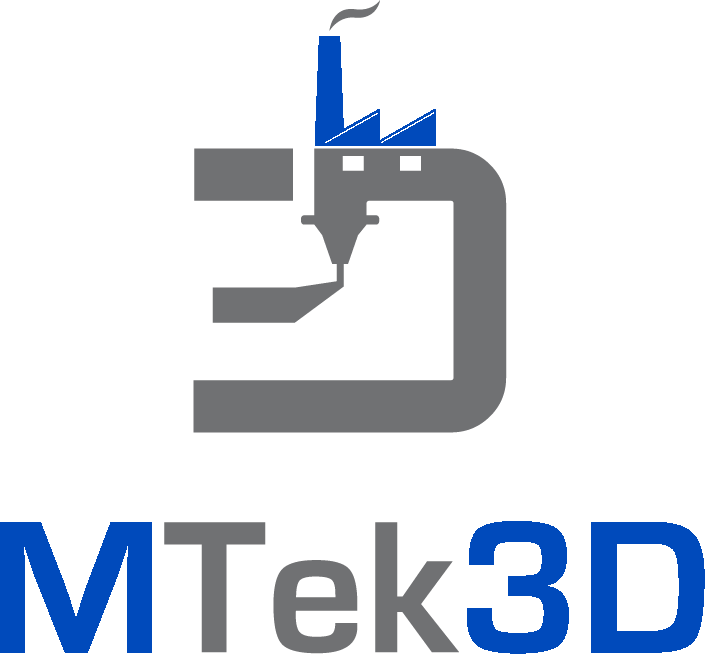
Benefits of Stereolithography (SLA)
Stereolithography can build large parts with very good accuracy and surface finish. With a wide range of materials this allows you to build parts with specific characteristics.
How It Works
Stereolithography is an additive manufacturing process that focuses an ultraviolet (UV) light on a vat of photopolymer resin. It offers higher resolution printing than many other 3D printing technologies, allowing customers to print parts with fine details and surface finishes. Stereolithography 3D printing is a highly-versatile platform for making custom parts in prototype and production settings, often acting as a stand-in for injection molded plastic parts.
Surface Finish
SLA printing is considered the gold standard for smooth surface finish, with appearances comparable to traditional manufacturing methods like machining, injection molding, and extrusion.
Material Versatility
With a wide range of SLA resins out on the market, parts can be produces in an array of materials such as plastic, wax, and ceramics.
Industries that use Stereolithography (SLA)
- Aerospace and Defense
- Automotive
- Consumer Products
- Industrial
- Medical and Dental
- Robotics
